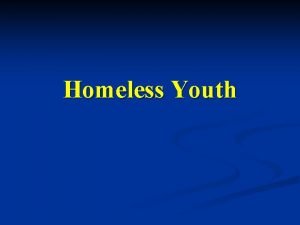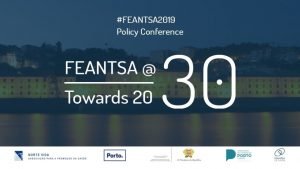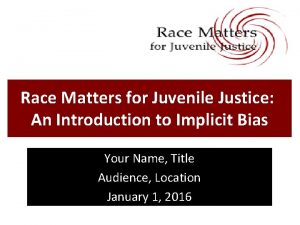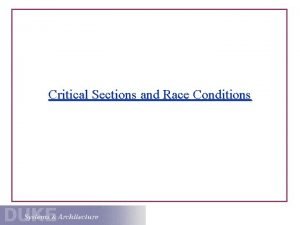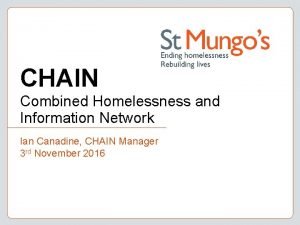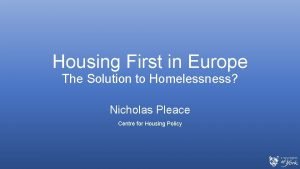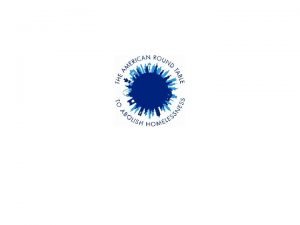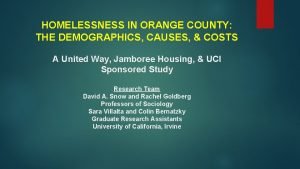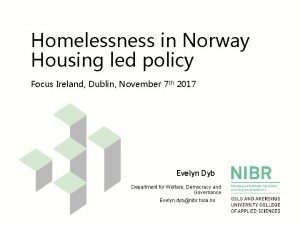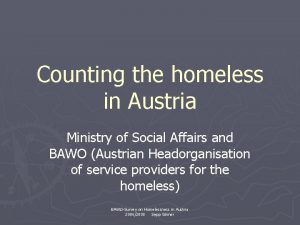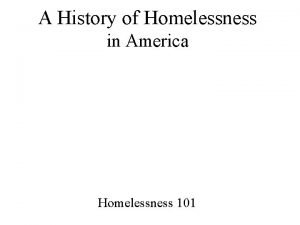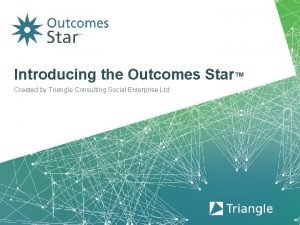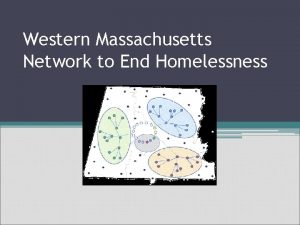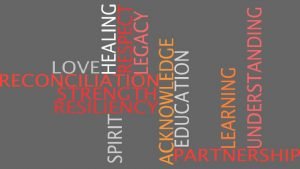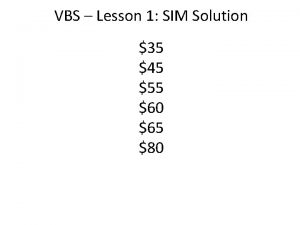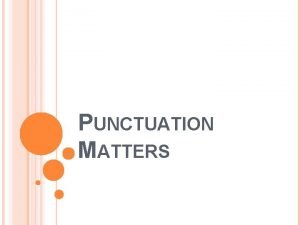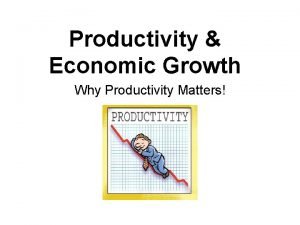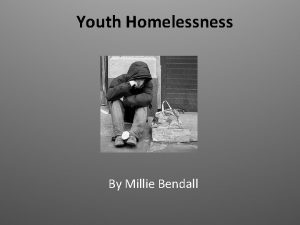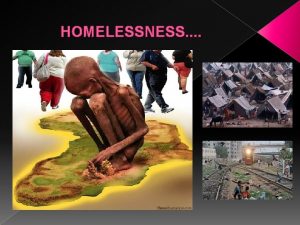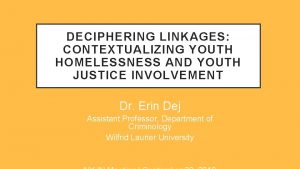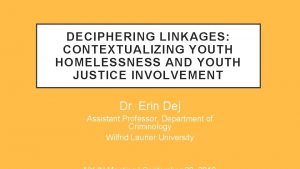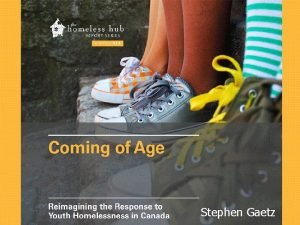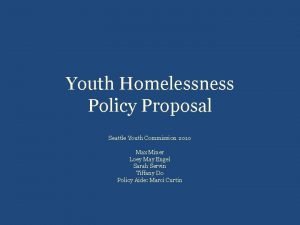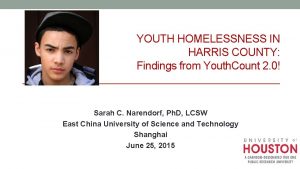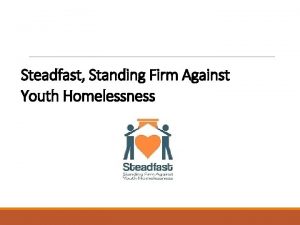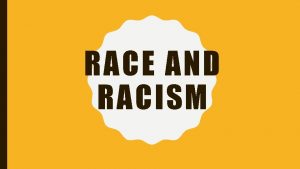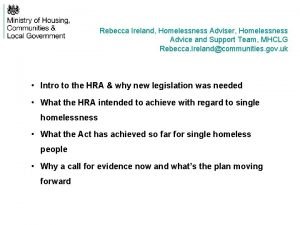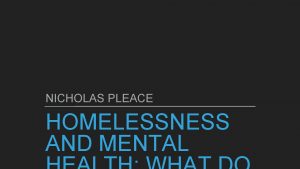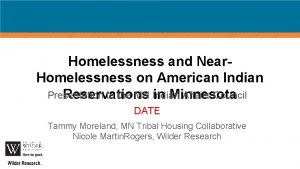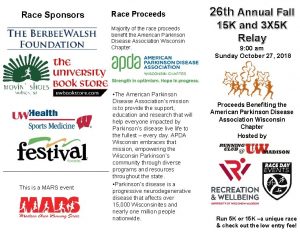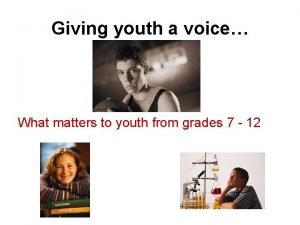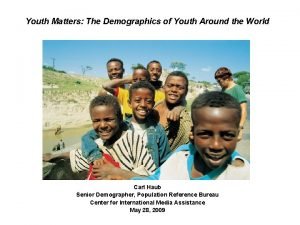Youth Homelessness and Education Race Matters Race and

























- Slides: 25

Youth, Homelessness and Education: Race Matters Race and Pedagogy Conference September 29, 2018 University of Puget Sound

Over 4000 attendees from campus, the local community, and across the nation. https: //www. facebook. com/raceandpedagogy/videos/321109348651658/

The Race & Pedagogy Institute (RPI) is a collaboration of University of Puget Sound and the South Sound community that integrates intellectual assets of the campus into a mutual and reciprocal partnership with local community experience and expertise, to educate students and teachers at all levels to think critically about race, to cultivate terms and practices for societal transformation, and to act to eliminate racism. M I S S I O N

• 4 Plenary Keynote Speakers Keynote BRIAN CLADOOSBY Keynote JEFF CHANG Resneck Pierce Lecture VALERIE B. JARRETT • 12 Spotlight Sessions –RPI Priorities • • • Race, Education, & Criminal Justice Pre-K Teacher Preparation Arts as Public Pedagogy Language, Land, Health Immigration Science & Race Homelessness Faith & Spirituality Multi-racial Identities • 120 Concurrent Sessions • 2 Poster Sessions • 2 Journal Issues • 2 Evening Arts Events Keynote ALICIA GARZA and PATRISSE CULLORS • 8 Special Exhibits • Youth Summit Friday

Homelessness

Different Forms of Racism Systemic Racism - a system of advantage based on race Institutionalized Racism Housing discrimination and redlining Hiring procedures/educational requirements Racial profiling in policing Modern/Implicit Racism – unintentional prejudice that surfaces in automatic and subtle (or not so subtle) ways Blatant Personal Racism

The State of Evictions: Results from the University of Washington Evictions Project Thomas, Toomet, Kennedy, and Ramiller University of Washington t 77@uw. edu https: //evictions. study/

SPARC Phase One Study Findings, March 2018 http: //center 4 si. com/wp-content/uploads/2018/03/SPARCPhase-1 -Findings-March-20181. pdf 8 SPARC Communities: Pierce County, Atlanta, San Francisco, Portland, Columbus, Dallas, Syracuse and Minnesota 171 Oral Histories and 21 Focus Groups 180, 000+ Client Records from HMIS

SPARC Phase One Study Findings, March 2018 http: //center 4 si. com/wp-content/uploads/2018/03/SPARCPhase-1 -Findings-March-20181. pdf “Although Black people comprise 13% of the general population in the United States and 26% of those living in poverty, they account for more than 40% of the homeless population, suggesting that poverty rates alone do not explain over-representation” Rates of Native American homelessness are disproportionately high. In SPARC communities, homelessness among American Indian/Alaskan Native was 3 to 8 times higher than their proportion of the general population.

SPARC Phase One Study Findings, March 2018 http: //center 4 si. com/wp-content/uploads/2018/03/SPARCPhase-1 -Findings-March-20181. pdf Factors influencing homelessness for people of color include: • Lack of safe and affordable housing • Lack of economic capital and opportunity - network impoverishment • Felony history as a barrier • High rates of traumatic stress, mental illness, and substance abuse. • Multi-generational family factors (foster care, poverty, violence) (See SPARC recommendations and also 2019 NAEH conference symposium at https: //www. facebook. com/naehomelessness/videos/298820004113576/Uzpf. STYx. ODM 5 NTI 2 MTox. M DE 2 MTMx. NDI 3 Mz. Uy. NTI 2 Mg/ )

Service Avoidance Stigma Concerns Poor Physical Health Psychological Distress (Weisz & Quinn, 2017)

Homelessness Stigma Concerns Service Avoidance Poor Physical Health Psychological Distress (Weisz & Quinn, 2017)

Homelessness Stigma Concerns Racism (Weisz & Quinn, 2017) Service Avoidance Poor Physical Health Psychological Distress

Youth, Homelessness and Education: Race Matters Race and Pedagogy Conference September 29, 2018 University of Puget Sound

Spotlight Session Participants Samantha Iverson, Mc. Kinney-Vento Liaison, Tacoma Public Schools 253. 571 -6781 |Siverso@Tacoma. k 12. wa. us Andreta Armstrong, Human Rights Manager, City of Tacoma 253. 591. 5849| Andreta. Armstrong@Cityof. Tacoma. org Klarissa Monteros, Senior Program Manager, Building Changes 206. 805. 6135| Klarissa. Monteros@Building. Changes. org Raphael Hartman, Community Activist, Raphael. Hartman@gmail. com La. Mont Green, Lead Youth & Young Adult Homelessness Planner, All Home King County 253. 310. 6222 | Lamont. GR@USC. edu Katara Jordan, Senior Manager, Policy & Advocacy, Building Changes 206. 805. 6112 | Katara. Jordan@buildingchanges. org Colleen Philbrook - Assistant Principal TAF@Saghalie Federal Way School District | cphilbro@fwps. org Lyle Quasim, Chair, The Black Collective, Community Leader and Activist Pamela Duncan, Co-Chair, Principal, Tierra Solida Consulting, 253 -303 -1544 | Pamela@Tierra. Solida. Consulting. com Carolyn Weisz, Co-Chair, Professor of Psychology, University of Puget Sound cweisz@Puget. Sound. edu 15 https: //www. facebook. com/raceandpedagogy/videos/32436027151805/

Student Homelessness: Race Matters Race & Pedagogy Conference | September 2018

Scope of Student Homelessness in WA 40, 934

Scope of Student Homelessness in WA 39, 671 40, 934 35, 511 30, 609 26, 049 18, 670 2007 -08 20, 780 2008 -09 32, 539 27, 390 21, 826 2009 -10 2010 -11 2011 -12 2012 -13 2013 -14 2014 -15 2015 -16 2016 -17

What is Student Homelessness? Family Homelessness At least one adult with a child or youth under age 18 Student Homelessness Children, Youth, & Young Adults Pre K-12 (Ages 3 -21) Youth Homelessness Youth and Young Adults (Ages 13 -24)

Systemic Challenges: Definitional Alignment Living Situation Department of Education (DOE) Housing (HUD) Unsheltered Locations Yes Emergency Shelters/ Transitional Housing Yes Hotels and Motels Yes, due to lack of adequate accommodations Yes, if paid for by government/ charity Doubled-up Yes, if due to loss of housing, economic hardship, or similar reasons Only under extremely narrow conditions Distribution of Students Experiencing Homelessness by Nighttime Residence, 2016 -17 Unsheltered [VALUE] Shelters [VALUE] Hotels/ Motels [VALUE] Doubled-up [VALUE] 20 of 18

Systemic Challenges: Resources Federal (2016 -19) • 41 of 295 school districts receive federal funding to implement requirements • Total federal funding is approximately $1 million a year Washington • Homeless Student Stability Program funding • OSPI funded 12 school districts in 2018 -19; 12 in 2017 -18; and 38 in 2016 -17 • Commerce funded 9 school districts in 2018 -19 and 2017 -18; 4 in 2016 -17 • Total funding is approximately $2 million a year 21 of 18

TPS MV Housing and Community Resources Goal of Position: Provide additional support and housing and/or resource navigation to identified families and students experiencing housing instability and/or homelessness. Referral Process MV Liaisons will send intake and referral form for approved MV households Outreach to head of household – gather information about their unique situation Connect student/family directly to resources and/or coordinate on their behalf as needed Targeted Outcomes: 1. Increase community outreach and promote cross systems work to ease access to services for students and families. 2. Maintain and deepen collaboration with counselors, family liaisons and social workers. 22

2018 -2019 Ground Level Data MVHCR Referrals 138 total head of households/UA Youth Percentage of People of Color Served HUD Category 1: 92% Doubled-Up: 70% Unaccompanied Youth: 57% 23

Challenges and Reflection OSPI Data Availability Big systems are not good at this Commitment to using a racial equity lens Scale this work to fit your role Narratives sharpen and reinforce this effort Moving talk into action 24

Targeted Universalism “A targeted universal strategy is one that is inclusive of the needs of both the dominant and the marginal groups, but pays particular attention to the situation of the marginal group. For example, if the goal were to open up housing opportunity for low-income whites and nonwhites, one would look at the different constraints for each group. Targeted universalism rejects a blanket universal which is likely to be indifferent to the reality that different groups are situated differently relative to the institutions and resources of society. It also rejects the claim of formal equality that would treat all people the same as a way of denying difference. Any proposal would be evaluated by the outcome, not just the intent. While the effort would be universal for the poor, it would be especially sensitive to the most marginal groups. ” –john powell, excerpted from Post-Racialism or Targeted Universalism 25
 Youth homelessness definition
Youth homelessness definition Definition of youth homelessness
Definition of youth homelessness Race matters for juvenile justice
Race matters for juvenile justice Force acting on plate of impulse turbine
Force acting on plate of impulse turbine Forebay design
Forebay design Data race vs race condition
Data race vs race condition Combined homelessness and information network
Combined homelessness and information network Finland homelessness solution
Finland homelessness solution Homelessness
Homelessness Michigan campaign to end homelessness
Michigan campaign to end homelessness Abolish homelessness
Abolish homelessness Causes of homelessness orange county
Causes of homelessness orange county Homelessness in norway
Homelessness in norway Homeless in austria
Homeless in austria Timeline of homelessness in america
Timeline of homelessness in america The bill homelessness was
The bill homelessness was Outcome star homelessness
Outcome star homelessness Homelessness leadership council
Homelessness leadership council Housing options bristol
Housing options bristol Every child matters honouring and remembering
Every child matters honouring and remembering Ticket pricing sim answers
Ticket pricing sim answers Inner wellbeing
Inner wellbeing Say/mean/matter
Say/mean/matter Nothing matters question tag
Nothing matters question tag Why punctuation is important
Why punctuation is important Why productivity matters
Why productivity matters
